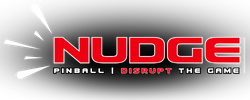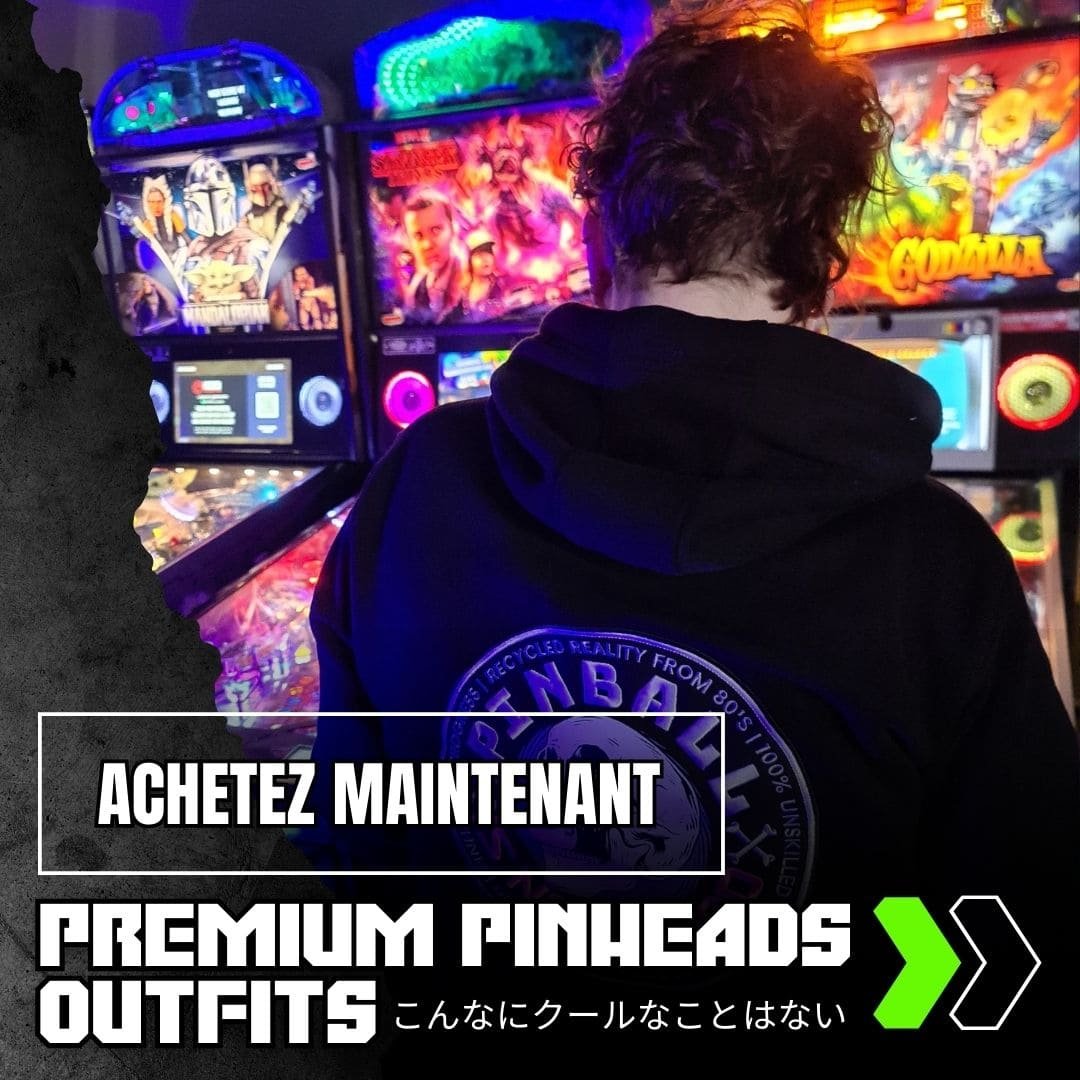Gary Stern is the founder of Stern Pinball, the largest manufacturer of pinball machines since the 2000s. On the occasion of the Pinball Blasters event organized in 2022 by Stern’s importer in France, Avranches Automatic, Gary granted us a filmed interview. A rare privilege! Let’s take this opportunity to retrace the history of this personality.
Sommaire
- 1 Gary Stern’s childhood
- 2 Trained as a manager, not an engineer
- 3 The Stern Electronics period (1977-1985)
- 4 Gary Stern’s Data East period (1986-1994)
- 5 Data East’s contribution to the pinball world
- 6 Gary Stern the bad boy
- 7 Gary Stern’s Sega Pinball period (1995-1999)
- 8 The end of the golden age
- 9 The Stern Pinball period (1999-present)
- 10 Gary Stern, the pinball businessman
- 11 Main sources
Gary Stern’s childhood
Gary Stern, born in 1945, was hooked on pinball from birth. His father, Sam Stern, had been operating and distributing pinball machines in Philadelphia since the 1930s.
In 1947, Sam Stern put his feet up on Harry E Williams’ desk and asked, “Why don’t you sell me this company? He bought a 50% stake in the Williams Manufacturing Company, founded five years earlier by Williams. Sam and Harry ran the company together until Harry’s retirement in 1958. Gary’s father became sole owner for several years. When Seeburg bought WMC in 1964, he remained in charge until 1977.
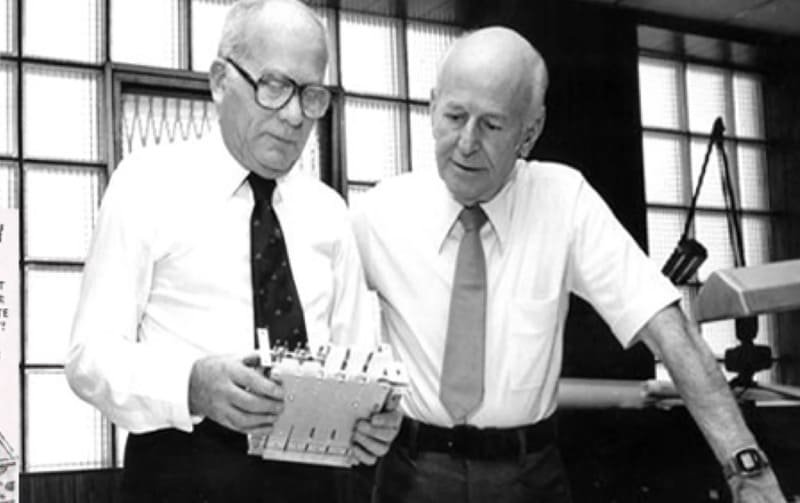
Gary Stern is at his father’s side through it all. He literally grew up in the Williams warehouses, working there in the summers as a teenager.
Trained as a manager, not an engineer
Many pinball personalities are engineers, mechanics or computer scientists in more recent times. Gary Stern, on the other hand, studied business and accounting, then law. He graduated in 1971, and practiced law for two years outside the pinball world.
This background explains why you’ll never see him credited with the design, code or artwork of a pinball machine. He’s a manager, not an expert. He knows how to sell a pinball machine and run a factory, not design a product.
In 1973, he joined Williams and ran the company with his father. There he met up with the employees who had seen him grow up, and the situation led to the anecdote in the video.
The Stern Electronics period (1977-1985)
In 1977, Sam and Gary left Williams to found Stern Electronics. But they weren’t starting from scratch, as they took advantage of Chicago Coin’s bankruptcy to buy back its assets without the associated debts. Chicago Coin was a historic pinball manufacturer, founded in 1932, then in financial difficulty.
Sam soon handed over management of the business to his son. He died in 1984, a year after Harry E. Williams, his long-time friend and business partner.
Shortly after marketing Chicago Coin stock, Stern Electronics shifted its machines to the electronic pinball generation. The Pinball machine (below) is produced in both electromechanical and digital versions.

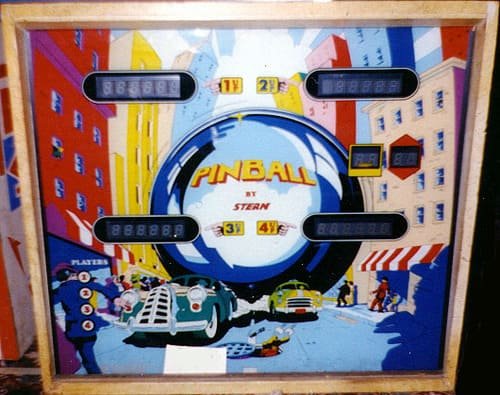
In 1980, the company even ventured into arcade terminals with Berzerk, a shooter before its time. Unfortunately, Stern Electronics was hit hard by the major video game (and by extension pinball) crisis of 1983. In 1985, the company went under for good. Gary Stern tried to set up a new structure, Pinstar, with former employees, but the venture quickly came to nothing.
History will not necessarily remember Stern Electronics for its iconic pinball machines. Meteor was their best-selling pinball machine, selling around 8,000 units.
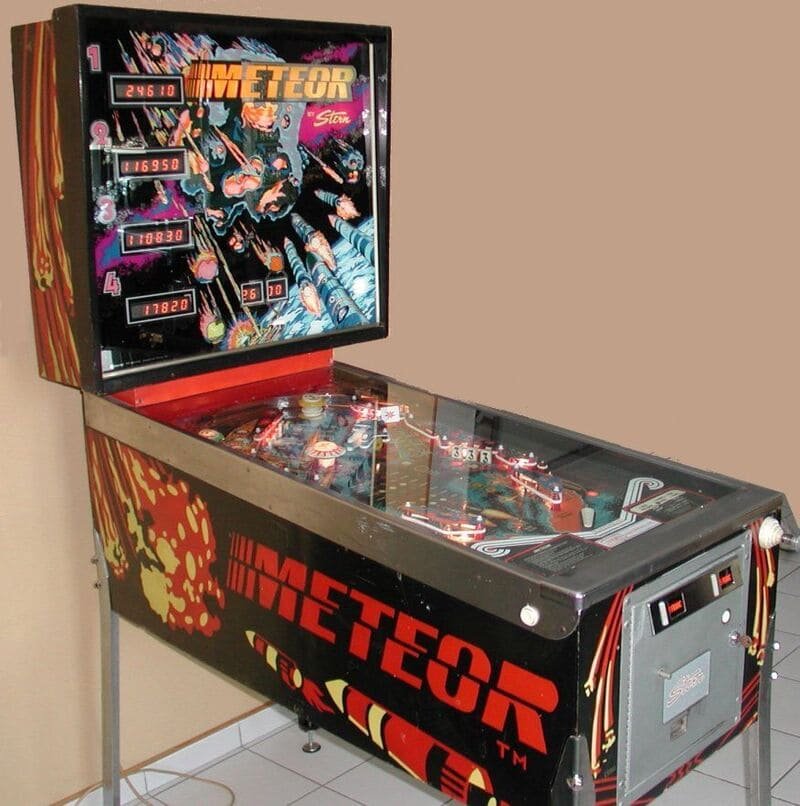
Gary Stern’s Data East period (1986-1994)

Gary is not one to give up on his vocation. Together with Joe Kaminkow and Shelley Sax, he convinced Data East to set up a U.S. pinball division. He contributed funds, and had the new subsidiary set up in the former Stern Electronics premises. He became President in 1986, with Joe as Senior Vice President in charge of design.
Data East is a Japanese company which opened its US branch in 1979. Its direct competitors are Sega and Taito. To match its commercial rivals, it needed to enter the pinball market. This was achieved with the creation of Data East Pinball. In the end, the company’s machines made a far greater impression on players than those of its competitors.
In 1994, the pinball industry began to decline, leading to its virtual disappearance in 1999. Data East Japan saw the tide turning, and sold its subsidiary to Sega.
Data East’s contribution to the pinball world
Some thirty pinball machines were produced under the Data East Pinball banner. And we owe the manufacturer several innovations, such as licensed pinball machines (Guns ‘N Roses, Back to the Future, Star Wars Turtles Ninjas…), the use of DMD (screens with large, often orange dots), and electronic flippers control.
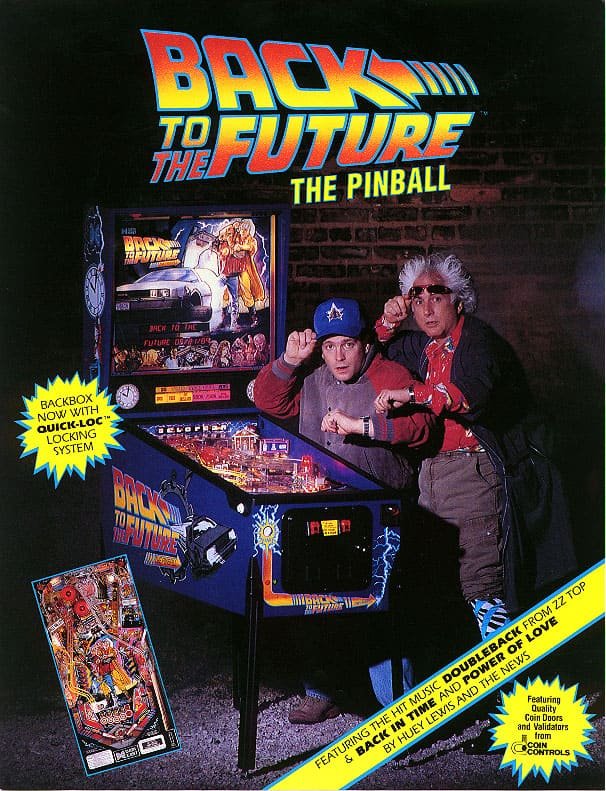
This latest development may seem purely technical, but its impact is much greater than it seems: the buttons can now do more than just lift the flippers. If today you can move the lit insert in the lanes, it’s thanks to this technological innovation. If you can choose between several missions by scrolling them on the screen, that’s thanks to it too. What a difference that makes!
Similarly, the DMD, with its extended display capabilities, paves the way for video modes (those little video games often found on pinball machines from the 90s) as well as more complex missions.
Finally, licensed pinball machines have become the preserve of the major pinball manufacturers.
Gary Stern the bad boy
There’s also a darker side to Data East, which we owe to Gary Stern: the computer hardware – the CPU board to be precise – is a plagiarism of Williams’ System 11, used from 1986 to 1990 on the manufacturer’s alphanumeric pinball machines. The copy was so blatant that Williams initiated several legal proceedings.
One of Data East’s reactions was to add the letters TY-FFASI to the electronic boards, which stands for “Take Your Fucking Flippers and Stick It”.

Data East is also being sued by Capcom for plagiarizing the video game Street Fighter II with Fighter’s History, and by Epyx for copying Karate Champ with World Karate Championship. In both cases, the Court of Justice ruled in favor of Data East.
Gary Stern’s Sega Pinball period (1995-1999)
If Data East Pinball legally disappeared, in reality, one could only say that it changed name and owners. Gary Stern continues to run the company, in the same factory, with the same assets, and roughly the same team.
In fact, when you listen to his interviews, Gary tends to think of himself as having run the same company from 1986 to the present day. By way of illustration, transitional pinball machines between two companies were often designed in the first to be marketed by the second.
Sega’s pinball machines bear a striking resemblance to those of Data East. How could it be otherwise?
My personal favorite is Apollo 13, whose multiball is the most generous in history, with 13 balls simultaneously. No interest in the game itself, as they all collide and prevent you from aiming at anything, or even navigating a ramp. But what a memory when all the balls fall at once!
The end of the golden age
In 1999, Williams closed its pinball division to refocus on slot machines. The other manufacturers had already disappeared or been bought out by Williams in the previous two decades (Bally, Midway).
Sega followed suit and decided to withdraw from pinball. As much as Data East had sensed the decline coming a few years earlier, Sega sold the company at its lowest point, with each model selling 4 or 5 times less than a few years earlier.
Gary Stern, now a seasoned executive, bought the company from Sega and renamed it Stern Pinball Inc. As you may have guessed, the sale included assets, intellectual property, premises…
The Stern Pinball period (1999-present)
The 2000s at Stern Pinball
Gary Stern’s story joins that of the company he founded. During the 2000s, Stern Pinball was the only manufacturer truly operational. This lean period enabled Gary to recruit, as contractors at least for the first few years, the best talent of the 1990s. A few examples:
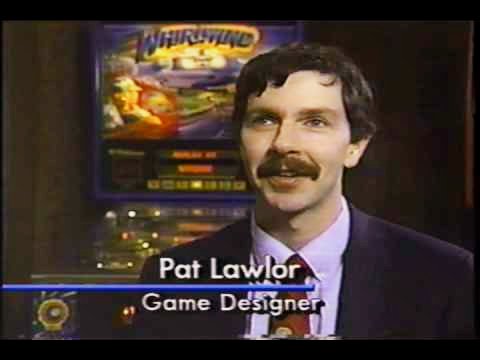
- Designer George Gomez
- Designer Pat Lawlor
- Coder and rule designer Lyman Sheats
Despite the contribution of these legends, it’s clear that the pinball machines of the 2000s are not the most popular among enthusiasts. It’s hard to innovate, to give generous playfields, when the constant challenge is to survive, and at the same time to keep the industry alive.
Stern Pinball’s survival also leads to the survival of all rental companies, distributors, operators and managers of pinball venues.
The 2010s: the return of competition and growth
In 2011, the first serious competitor appears: Jersey Jack Pinball, with its rich playfields and innovations such as ultra-wide LCD screens. Stern makes adjustments to keep pace. But in practice, the volumes added by competitors over the years do not challenge Stern Pinball’s leadership.
The 2010s also saw a return to growth, with models selling better and better, and also more and more expensive. Gary Stern’s gamble to produce different ranges, some clearly designed for home use, finally paid off.
The 2020s: Gary Stern hands over the reins
On the product side, Gary Stern’s latest strategic decision is to invest in the Stern Insider Connected solution. This will be launched in September 2021, and from then on will equip all models, in all versions. Backward compatibility is also introduced.
At the beginning of the decade, the new generation of designers recruited by Gary Stern reaches the level of excellence of the previous generation:
- Keith Elwin signs the masterpiece Godzilla pinball machine, which nobody expected
- Jack Danger brings us the pinball machine Foo Fighters, with its many original features
In October 2021, Seth Davis is recruited, clearly with a view to succeeding Gary at the head of the company. The new member comes from Disney, and before that from General Electrics. His background is in corporate strategy and technological innovation. This profile differs from the jack-of-all-trades, pinball-playing self-made men to whom the pinball industry has accustomed us.
In December 2022, Gary Stern officially stepped down from day-to-day business, confirming Seth Davis in his intended role. Nevertheless, the Stern Pinball management team remains composed of Gary Stern’s long-time companions, recruited and honored by him, which limits the risk of destabilizing the company. George Gomez, for example, has been lead designer for several years, and his competence is unquestionable.
Gary Stern, the pinball businessman
Stories are beautiful when they are based on prodigious artists, detached from material contingencies and unselfish. But these geniuses always stand on the shoulders of more down-to-earth personalities, who allow the heroes not to worry about cash flow or working capital requirements.
Gary Stern falls into the second category: he’s a businessman who has kept pinball alive, and allowed our favorite designers to express their talent to this day. Gary’s legacy is one that commands respect:
- A market that grows in volume and value every year
- A solid Stern Pinball company, able to support heavy investments such as the Stern Insider Connected
- A skilled and varied team, made up of old pinball veterans as well as new blood from other sectors or younger players
- A proven range strategy that new entrants are quick to imitate
Of course, Stern is no stranger to major price rises in recent years, and it’s becoming difficult to justify certain practices, such as accessory pricing. But considering the hundred-year history of pinball and the major role Gary Stern has played in it, this point seems rather anecdotal, and hopefully fleeting.
One thing is certain: he shares with the other pinball players the same passion for this incongruous object, a blend of childlike wonder and technology. This sector probably means even more to him than to anyone else, since it’s a family affair. Proof that the memory of his father is a driving force for Gary even after all this time, one of Stern Pinball’s electronic systems was named S.A.M. 😊
Main sources
- Multibille.fr
- Wikipedia
- Pinball News
- Stern Pinball website
- Internet Pinball Database
